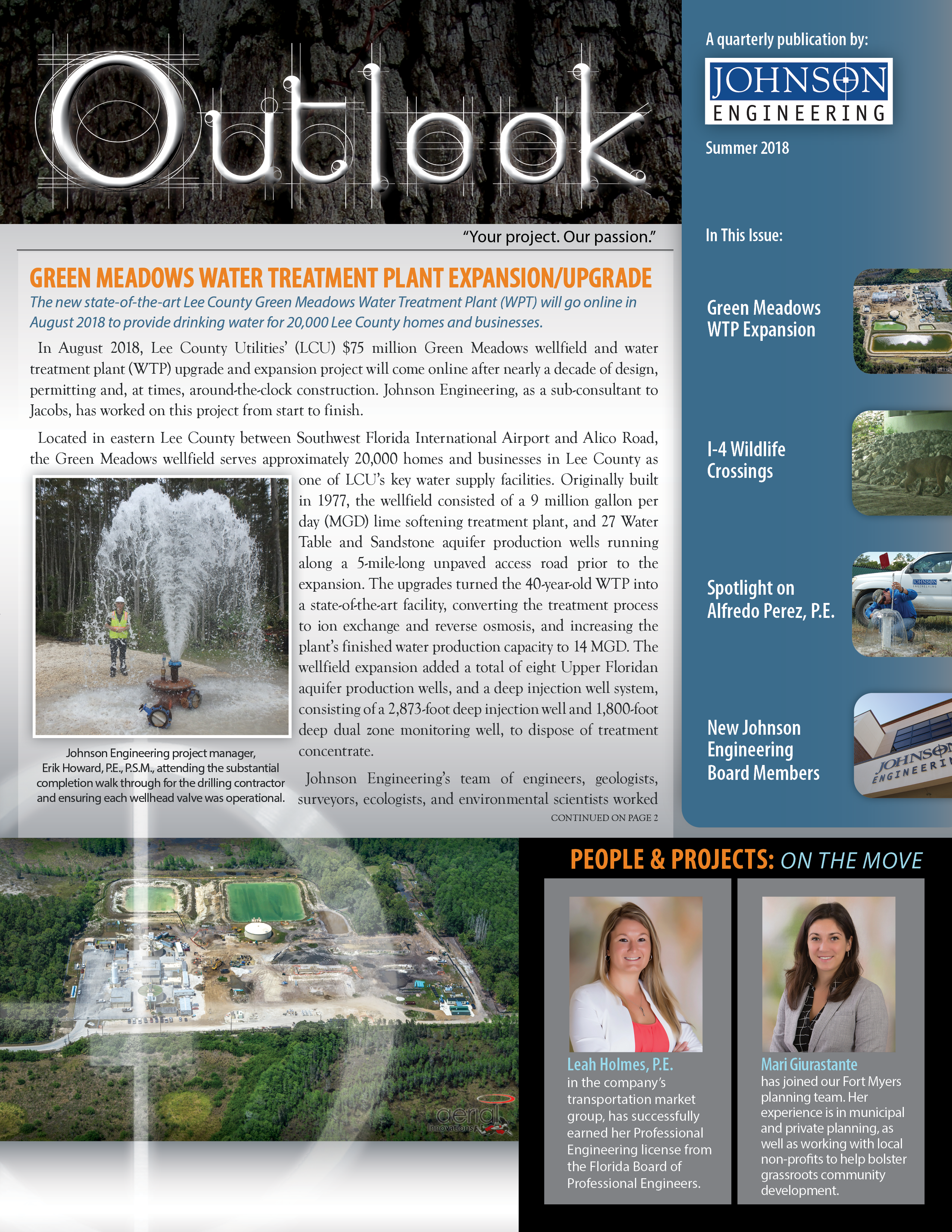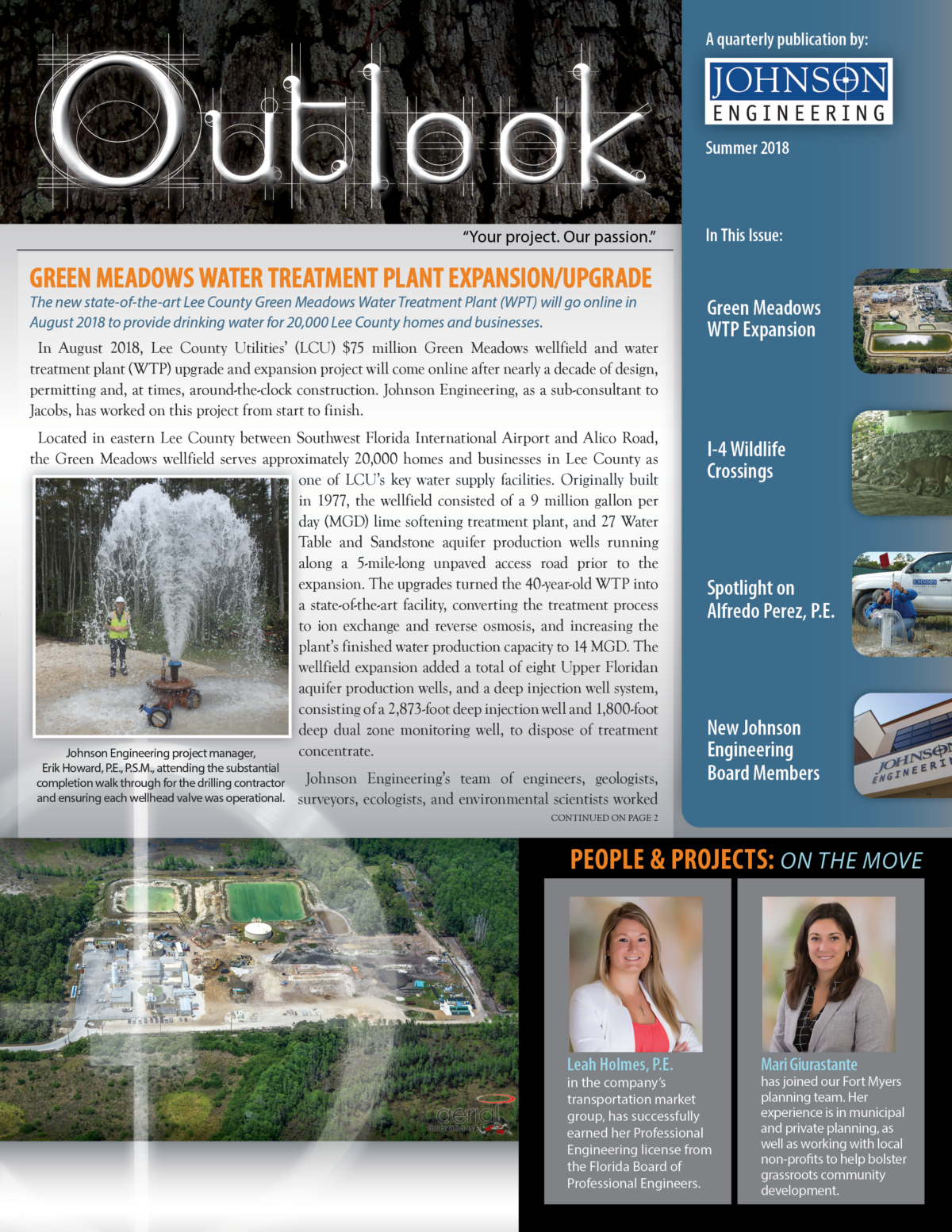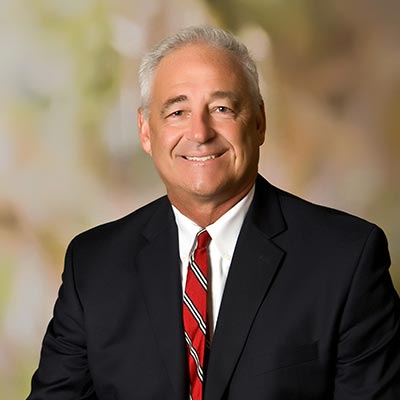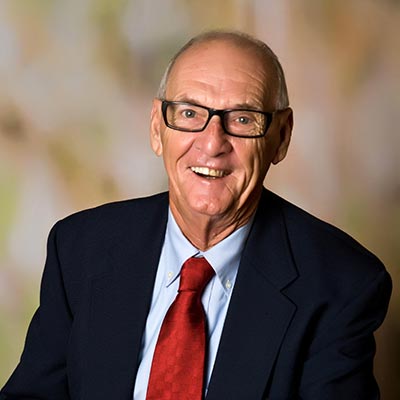 Johnson Engineering has a long history with FDOT District One, and one of our latest projects is using remote cameras to determine optimal bridge design for use by large mammals. Johnson Engineering wildlife biologist, Dr. Jennifer “Jen” Korn, brings her years of experience working with the endangered Florida panther and remote camera trapping, to take the lead on the project. Jen is placing cameras under bridges and wildlife crossings from I-4 to Alligator Alley to monitor for use by Florida panther, Florida black bear, white-tailed deer, and other species that cover large distances and rely on wildlife corridors. While 60 wildlife crossings exist in Florida, new crossings can be costly and difficult to engineer around private lands. A more cost-effective alternative is to retrofit existing bridges. One bridge where this might be possible is on I-4 at Reedy Creek, less than five miles from the bustling attractions of Orlando.
Johnson Engineering has a long history with FDOT District One, and one of our latest projects is using remote cameras to determine optimal bridge design for use by large mammals. Johnson Engineering wildlife biologist, Dr. Jennifer “Jen” Korn, brings her years of experience working with the endangered Florida panther and remote camera trapping, to take the lead on the project. Jen is placing cameras under bridges and wildlife crossings from I-4 to Alligator Alley to monitor for use by Florida panther, Florida black bear, white-tailed deer, and other species that cover large distances and rely on wildlife corridors. While 60 wildlife crossings exist in Florida, new crossings can be costly and difficult to engineer around private lands. A more cost-effective alternative is to retrofit existing bridges. One bridge where this might be possible is on I-4 at Reedy Creek, less than five miles from the bustling attractions of Orlando.
The Florida Wildlife Corridor organization is a group that brings awareness to the need to connect and preserve the Florida Wildlife Corridor – a statewide network of lands and waters that supports wildlife and people. The Florida Wildlife Corridor Expedition team, Carlton Ward, Jr., Mallory Lykes Dimmit, and Joe Guthrie took on the Heartland to Headwaters: Corridor at the Crossroads trek to highlight the diminishing connection between the Green Swamp north of I-4 to the Everglades Headwaters to the south.
On a hot and sunny afternoon in April 2018, Jen met the team and the film crew from Grizzly Creek Films, alongside busy I-4. Under the bridge, the temperature dropped a few degrees, but the din of the cars above was amplified. Expedition team members arrived by canoe from Reedy Creek and remarked that just a few hundred feet from arriving it felt like a different world. They all crowded around Jen’s laptop screen to see what had passed by the cameras. Many of the usual suspects like raccoon and otter appeared, but then excitingly, a bobcat appeared on screen. Even though bobcats are smaller in size and area traveled, if they will use a crossing, there is the potential that a panther or bear could too.
The Reedy Creek bridge was built simply to allow Reedy Creek to flow under I-4, however it was not built with wildlife in mind. Brent Setchell, with FDOT District One, has visions for many of the bridges in his District and across Florida. Inexpensive options exist to retrofit bridges to be more wildlife-friendly. A notable example is the bridge over the C-1 Canal on SR 80, east of LaBelle. In 2014, FDOT added ledges on both sides, and fencing for approximately 1 km along the highway. Jen has monitored that bridge with cameras since construction was completed, and she regularly records panther use. Would similar changes at places like Reedy Creek finally entice a panther or a bear to cross there? While there are not many panthers north of the Caloosahatchee River, occasionally males do get as far as I-4, and a few have crossed. Two male panthers have come close, yet sadly met their demise trying to cross I-4, less than a quarter mile from the Reedy Creek bridge.
This collaborative effort between FDOT and Johnson Engineering will continue to assess bridges and crossings for potential future retrofitting, which will aid in creating or maintaining crucial corridors for Florida wildlife like panthers and bears. Safe wildlife crossings also increase public safety by reducing vehicle impacts with wildlife.
For more information, contact Jen Korn at [email protected].

































































